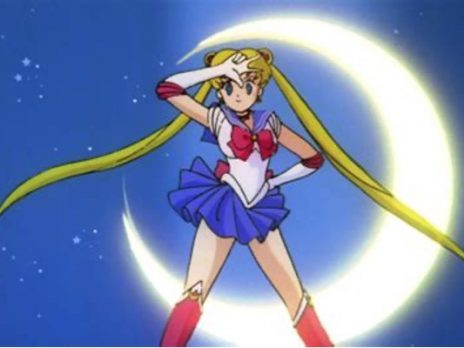The popularity of anime television shows like Naruto (2002-2007) and Demon Slayer (2019) highlight the longevity and continued impact of anime across the globe. So, it might come as a bit of surprise to discover that the origins of anime are in the centuries old practice of kabuki theater in Japan, an influence that still informs anime today.
Incredible showmanship, elaborate costumes, and exaggerated performances are long standing characteristics of kabuki theater and manifest in the the bright colors, high fashion, and dynamic characters of anime. In kabuki, the visual aspects are more than just entertainment, they convey meaning to the audience since the performers, both past and present, typically use an older form of Japanese which can be difficult to understand even to fluent speakers. The plots are usually over the top and portray battles, romances, and the supernatural, but also may depict historical events or well-known stories. Only women were allowed to perform in kabuki adaptations until the Tokugawa Shogunate (1600-1868). Then, restrictions were placed on actresses during the Edo period (1603–1867) and men began performing traditionally female roles.
Many elements of kabuki have been incorporated into anime for decades. Super sentai performances, groups of masked heroes who fight evil, were adapted from kabuki and into anime series aimed at children. Another common element is mie, which is a character’s trademark pose. We usually see mie in superhero anime like Sailor Moon.

It is also common for popular anime to inspire contemporary kabuki theater adaptations, which provide audiences with new perspectives on their favorite stories. In 2020, Hayao Miyazaki’s Nausicaä of the Valley of the Wind was adapted for the kabuki stage. This adaptation was especially exciting for fans because Nausicaä was based on a manga series that ended ten years after the release of the film. This meant the play could go into greater detail about the story than the film , which is not uncommon in kabuki adaptations. The plays can often last up to four hours!

Modern kabuki plays also sometimes incorporate aspects of American and European theater productions. In the stage adaptation of Yona of the Dawn, for example, many of the sound effects and songs were pre-recorded rather than performed live. The performances also feature multi-layer backgrounds, which are common in set designs for theater productions in the U.S.
Understanding the connection between anime and kabuki can give us a more thoughtful enjoyment of both. The latest talk in the Let’s Anime! series will examine gender and performance in kabuki theater adaptations of anime. This free event is open to anyone interested in anime, the Japanese language, or Japanese culture!
– Katie Squires, Junior | English Literature Major | Journalism Minor | CAL Marketing Team Fall ’23